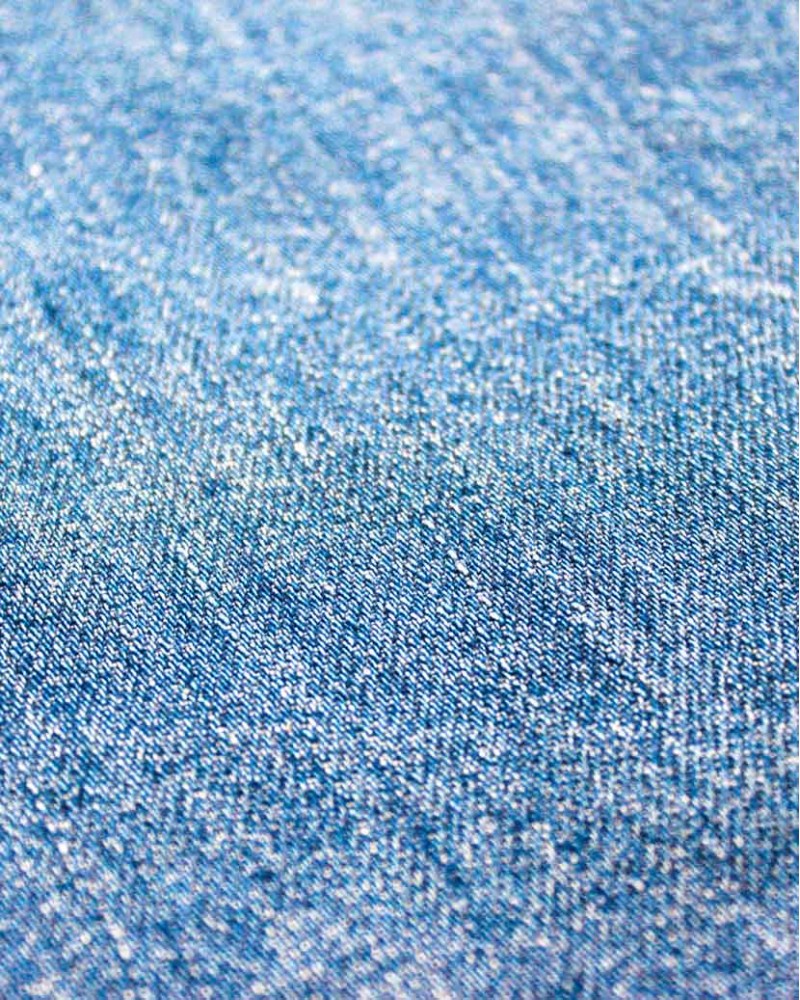making indigo dye product
Making Indigo Dye A Guide to a Timeless Craft
Indigo dyeing, a craft that dates back thousands of years, has captivated artisans and textile enthusiasts with its rich hues and historical significance. The vibrant blue produced by indigo has adorned garments across cultures, from traditional Japanese garments to the denim we wear today. This article will explore the process of making indigo dye, the materials needed, and some basic dyeing techniques.
The History of Indigo Dyeing
Indigo dyeing has a long and fascinating history, with evidence of its use found in ancient civilizations across Africa, Asia, and the Americas. The indigo plant, specifically *Indigofera tinctoria*, has been cultivated for its dye for centuries. This natural dye is derived from the leaves of the plant, which, when processed, yield a striking blue pigment. The importance of indigo can be seen in its trade value, as well as its cultural significance in various societies.
Materials Needed
To create indigo dye at home, you will need several essential materials
1. Indigo Powder You can purchase this from specialty craft stores or online suppliers. Ensure that it is of high quality for the best results. 2. Sodium Hydrosulfite This reducing agent is essential in the dyeing process to dissolve the indigo powder and create soluble indigo.
3. Lime Commonly calcium hydroxide, lime helps to create the right pH balance for the dye solution.
4. Water Fresh water is needed for preparing the dye bath.
5. Natural Fiber Fabric Cotton, silk, or wool are ideal choices for dyeing, as they absorb indigo beautifully.
making indigo dye product

6. Container A non-reactive container, such as a stainless steel or plastic bucket, will be necessary for dyeing.
The Dyeing Process
1. Preparation of the Dye Bath Start by mixing the indigo powder with hot water to create a paste. Gradually add the sodium hydrosulfite and lime to the mixture. Stir well until it becomes a smooth paste. Next, add more water to create your dye bath, typically maintaining a warm temperature to keep the indigo in a soluble state.
2. Prepping Your Fabric Before dyeing, it’s essential to clean your fabric thoroughly to remove any oils or treatments that may hinder dye absorption. Wash it with mild detergent and rinse well.
3. Dyeing the Fabric Submerge your fabric in the dye bath, ensuring it is fully immersed. Allow the fabric to soak for about 10-20 minutes, depending on the desired shade. It's noteworthy that indigo dyeing is a process of building color - the longer the fabric stays in the dye bath, the deeper the blue will become.
4. Air Oxidation Once you’ve achieved the desired color, remove the fabric from the dye bath and allow it to oxidize in the air. This step is crucial, as the indigo dye develops its hue when exposed to oxygen. You’ll notice a transformation from green to blue within moments.
5. Washing and Setting the Dye After the oxidation process, rinse the fabric in cold water to remove excess dye and set the color. A vinegar solution can be used for further setting. Hang the fabric to dry, away from direct sunlight.
Conclusion
Making indigo dye is not only a rewarding artistic endeavor but also a journey into history and culture. While the process may seem complex, with practice, it becomes more intuitive and enjoyable. Whether you are looking to revive traditional skills, create unique textiles, or simply explore the beauty of natural dyes, indigo offers a timeless palette with endless possibilities. Through every indigo-dyed garment, you carry a piece of this rich history and craft along with you.
-
The Timeless Art of Denim Indigo Dye
NewsJul.01,2025
-
The Rise of Sulfur Dyed Denim
NewsJul.01,2025
-
The Rich Revival of the Best Indigo Dye
NewsJul.01,2025
-
The Enduring Strength of Sulphur Black
NewsJul.01,2025
-
The Ancient Art of Chinese Indigo Dye
NewsJul.01,2025
-
Industry Power of Indigo
NewsJul.01,2025
-
Black Sulfur is Leading the Next Wave
NewsJul.01,2025

Sulphur Black
1.Name: sulphur black; Sulfur Black; Sulphur Black 1;
2.Structure formula:
3.Molecule formula: C6H4N2O5
4.CAS No.: 1326-82-5
5.HS code: 32041911
6.Product specification:Appearance:black phosphorus flakes; black liquid

Bromo Indigo; Vat Bromo-Indigo; C.I.Vat Blue 5
1.Name: Bromo indigo; Vat bromo-indigo; C.I.Vat blue 5;
2.Structure formula:
3.Molecule formula: C16H6Br4N2O2
4.CAS No.: 2475-31-2
5.HS code: 3204151000 6.Major usage and instruction: Be mainly used to dye cotton fabrics.

Indigo Blue Vat Blue
1.Name: indigo blue,vat blue 1,
2.Structure formula:
3.Molecule formula: C16H10N2O2
4.. CAS No.: 482-89-3
5.Molecule weight: 262.62
6.HS code: 3204151000
7.Major usage and instruction: Be mainly used to dye cotton fabrics.

